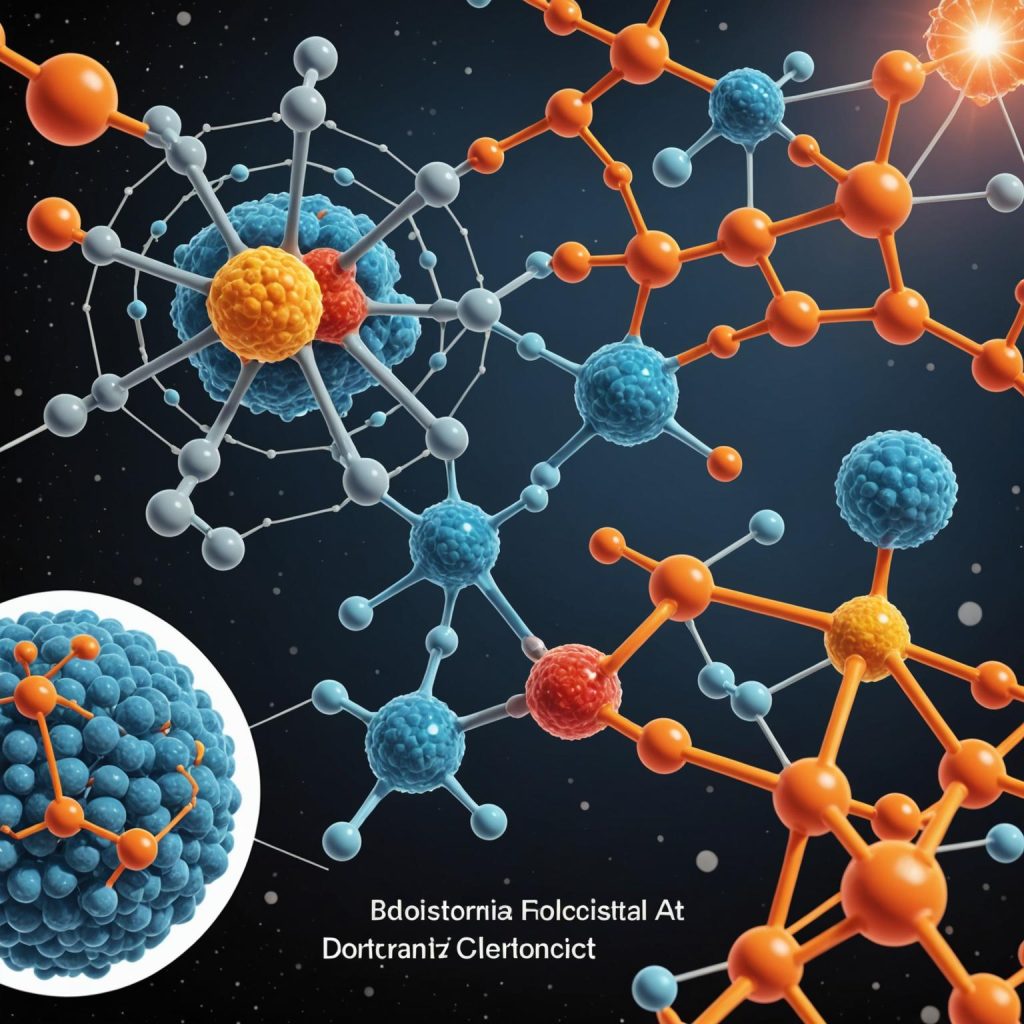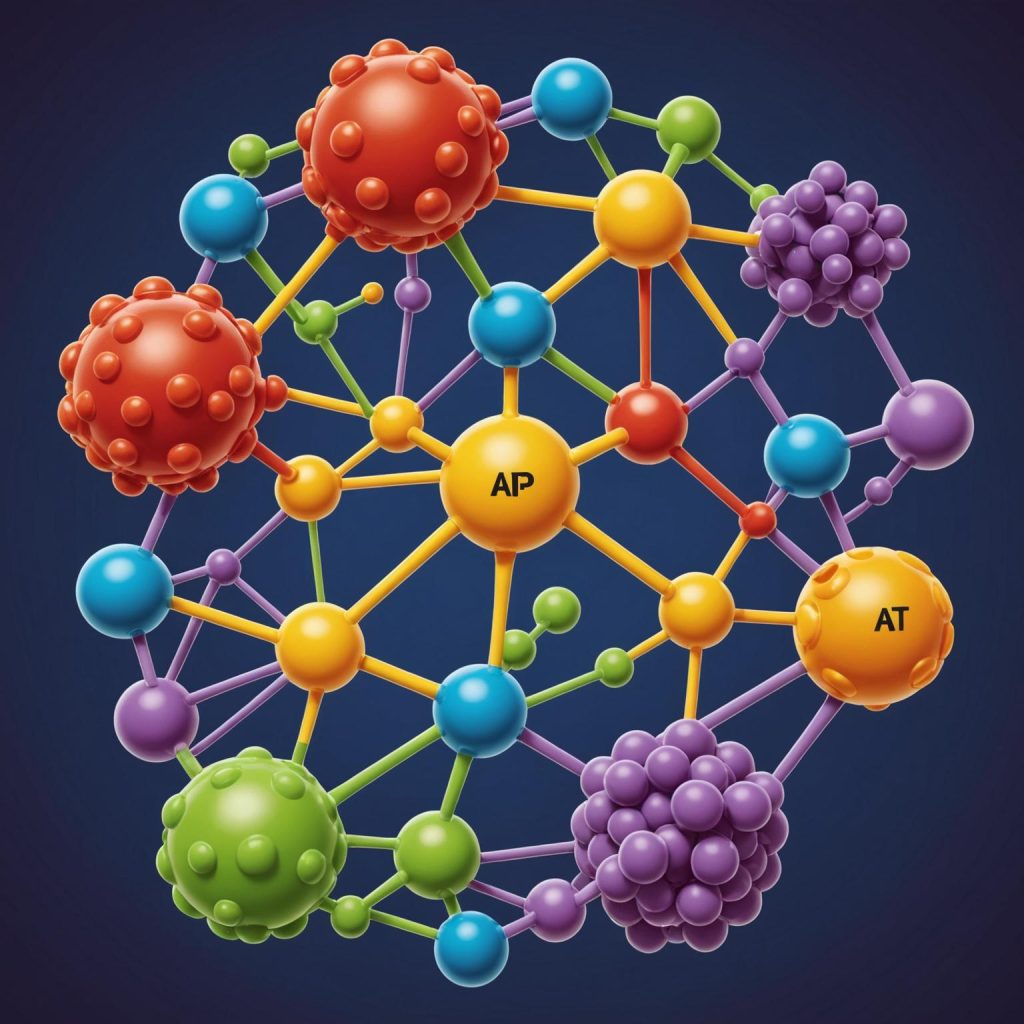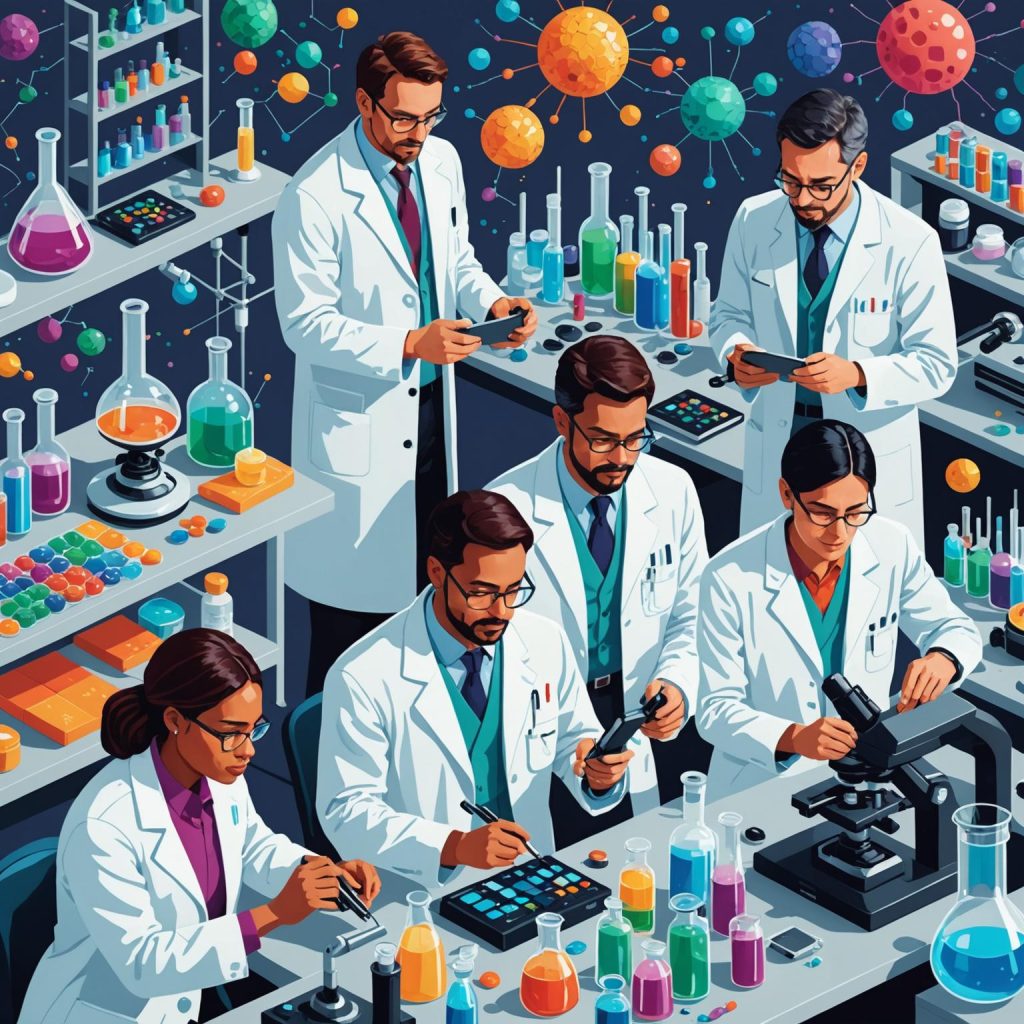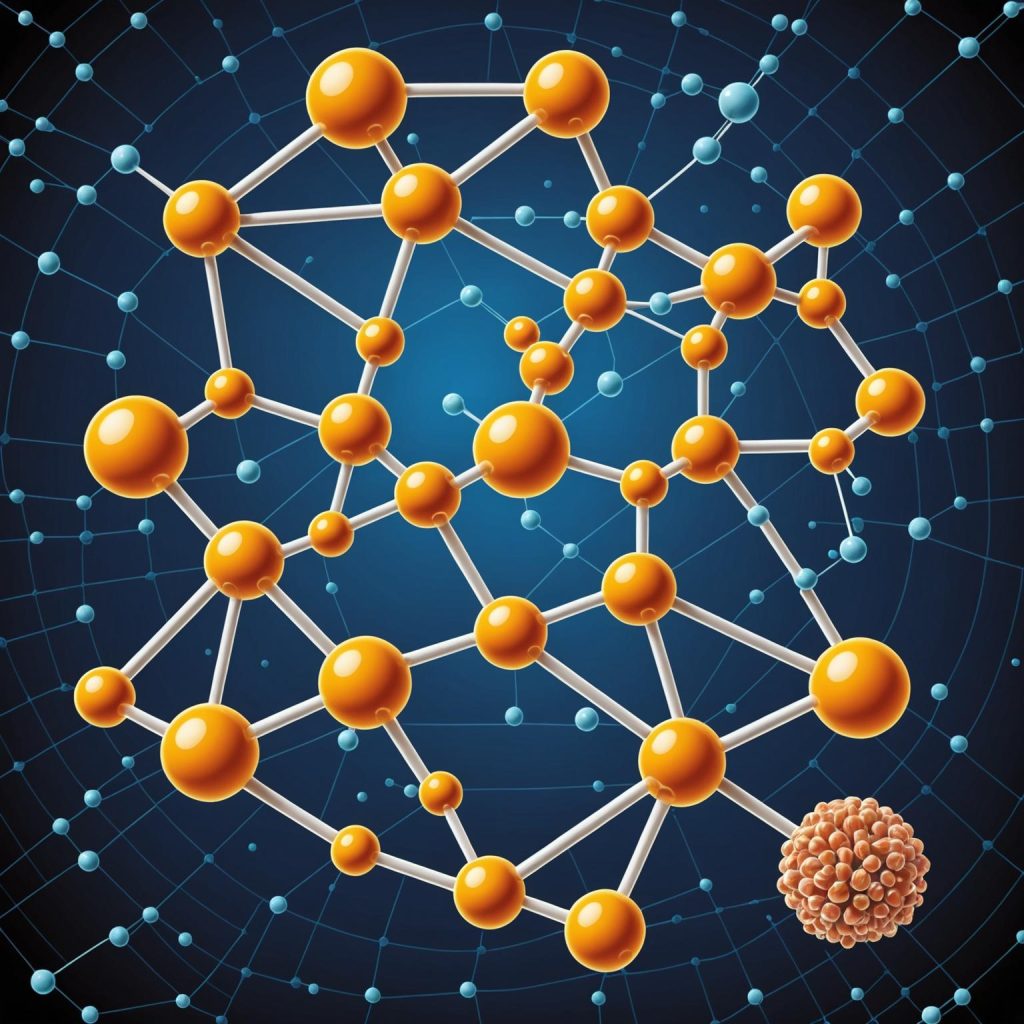LED, short for light-emitting diode, is a semiconductor light source that emits light when an electric current passes through it. LEDs have become increasingly popular in recent years due to their energy efficiency, durability, and versatility. The market for LED products is growing rapidly, with a wide range of applications in various industries including lighting, electronics, and displays. In this article, we will explore the technology behind LEDs, their benefits, and their impact on the environment and economy.<br><br><img src="https://react-pinshop.pinshop.com/wp-content/uploads/2024/02/img-pP4XsUUdGVLtn5yWzTNIusVr.png" width="1024" height="1024"><br><br>The main advantage of LED technology is its energy efficiency. Compared to traditional incandescent or fluorescent lights, LEDs consume significantly less power to produce the same amount of light. This not only results in lower energy costs for consumers and businesses but also contributes to reducing overall energy consumption and carbon emissions. As a result, many governments and organizations are promoting the use of LEDs as part of their energy conservation and sustainability efforts.<br><br>Another key feature of LEDs is their durability. LEDs are solid-state devices that are more robust and longer-lasting than traditional lighting technologies. With a typical lifespan of tens of thousands of hours, LEDs require less frequent replacement, reducing maintenance costs and the generation of waste. This makes them a more sustainable and cost-effective choice for lighting solutions in both residential and commercial settings.<br><br>In addition to energy efficiency and durability, LEDs offer a high degree of versatility. They can be manufactured in various shapes, sizes, and colors, allowing for a wide range of lighting designs and applications. From indoor lighting and automotive headlights to display screens and signage, the adaptability of LED technology has contributed to its widespread adoption across different sectors.<br><br>The environmental impact of LEDs is also noteworthy. Their low energy consumption translates to a reduced reliance on fossil fuels for power generation, leading to lower greenhouse gas emissions and environmental pollution. Furthermore, the absence of hazardous materials such as mercury in LEDs makes their disposal safer and less harmful to ecosystems.<br><br>As the demand for LED products continues to grow, advancements in LED technology are expected to drive further innovation and market expansion. Research and development efforts are focused on enhancing the efficiency, brightness, and color rendering of LEDs, opening up new opportunities for applications in areas such as horticulture, healthcare, and smart cities.<br><br>In conclusion, LED technology has revolutionized the lighting industry and is poised to play a crucial role in building a more sustainable and energy-efficient future. With their numerous benefits, including energy efficiency, durability, and environmental friendliness, LEDs are transforming the way we illuminate our homes, workplaces, and public spaces. Whether it’s l.e.d, l e d, or understanding how much are leds, the versatility and impact of LED technology are undeniable.
Blog
Related Posts
ATP: Understanding Its Structure, Functions, and Synthesis
1. The Intricate ATP Structure
2. Key ATP Functions in the Body
3. The Process of ATP Synthesis
ATP: Structure, Synthesis, and Its Critical Functions
1. The Molecular Structure of ATP
2. Understanding ATP Synthesis
3. The Critical Functions of ATP
4. ATP: The Unsung Hero of Cellular Life
NAD: Unlocking the Benefits of NAD+ for Longevity
1. What is Nicotinamide Adenine Dinucleotide?
2. Exploring the Core NAD+ Benefits
3. How NAD+ Boosters Support Cellular Health
4. Choosing High-Quality NAD Supplements
ATP: The Molecular Energy Unit Essential for Life
1. The Molecular Structure of ATP
2. The Crucial Functions of ATP
3. The Process of ATP Synthesis
4. The ATP-ADP Cycle: A Renewable Resource
Exploring NR: The Key to Enhanced Cellular Health and Anti-Aging
1. What Exactly is Nicotinamide Riboside?
2. The Link Between NR, NMN, and Anti-Aging
3. Why Purity and Quality Matter in NR Supplements
4. The Diverse Applications of Premium NR Powder
NAD: Unlocking Health and Longevity with NAD+ Benefits
1. Understanding the Role of NAD+ in Your Body
2. Exploring the Key NAD+ Benefits
3. How NAD+ Boosters and Supplements Work
4. The Future of Health and Longevity
NR: Role in Wellness, Anti-Aging, and Cellular Vitality
1. Understanding Nicotinamide Riboside
2. NR, NAD+, and the Science of Aging
3. Exploring the Benefits of Enhanced NAD+ Levels
4. Purity and Quality in Supplementation
5. A Forward-Thinking Approach to Wellness
NAD: Understanding Benefits and Choosing Quality Supplements
1. Understanding NAD+: The Core of Cellular Function
2. The Science-Backed NAD+ Benefits
3. The Role of NAD+ Boosters and Supplements
4. Choosing High-Quality NAD Supplements
NR: Unlocking Cellular Health and Anti-Aging Potential
1. The Science Behind NR and Cellular Health
2. NR and its Counterpart: A Look at NMN for anti-aging
3. Why Purity in Supplementation is Paramount
4. Beyond Anti-Aging: The Potential of NAD+ Boosters
NMN: Unlocking the Anti-Aging Potential with NMN Supplements
1. Understanding Nicotinamide Mononucleotide (NMN)
2. The Science Behind NMN for Anti-Aging
3. How to Choose High-Quality NMN Supplements
4. Tips for When You Buy NMN Online
5. The Future of Aging and NMN
NMN: Exploring Benefits, Anti-Aging Potential, & Supplements
1. What is Nicotinamide Mononucleotide?
2. Exploring NMN for Anti-Aging
3. The Rise of NMN Supplements
4. How to Safely Buy NMN Online
5. The Future Outlook for NMN
Discover the Vigorous Benefits of Maca Capsules
1. Maca Capsules: Exploring the Benefits
2. Force Factor Black Maca vs. Traditional Maca Supplements
3. The Experience of Using Force Factor Black Maca












